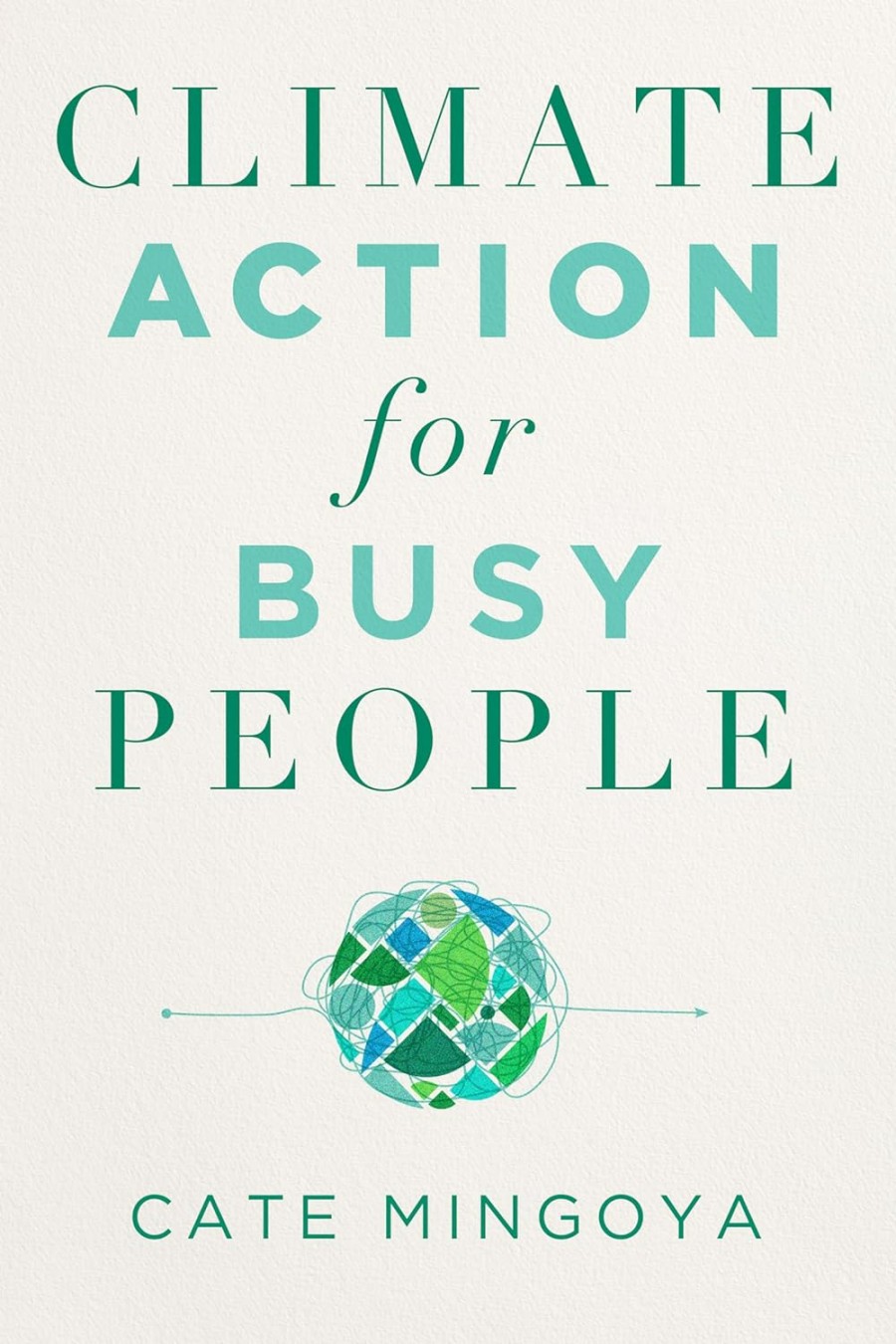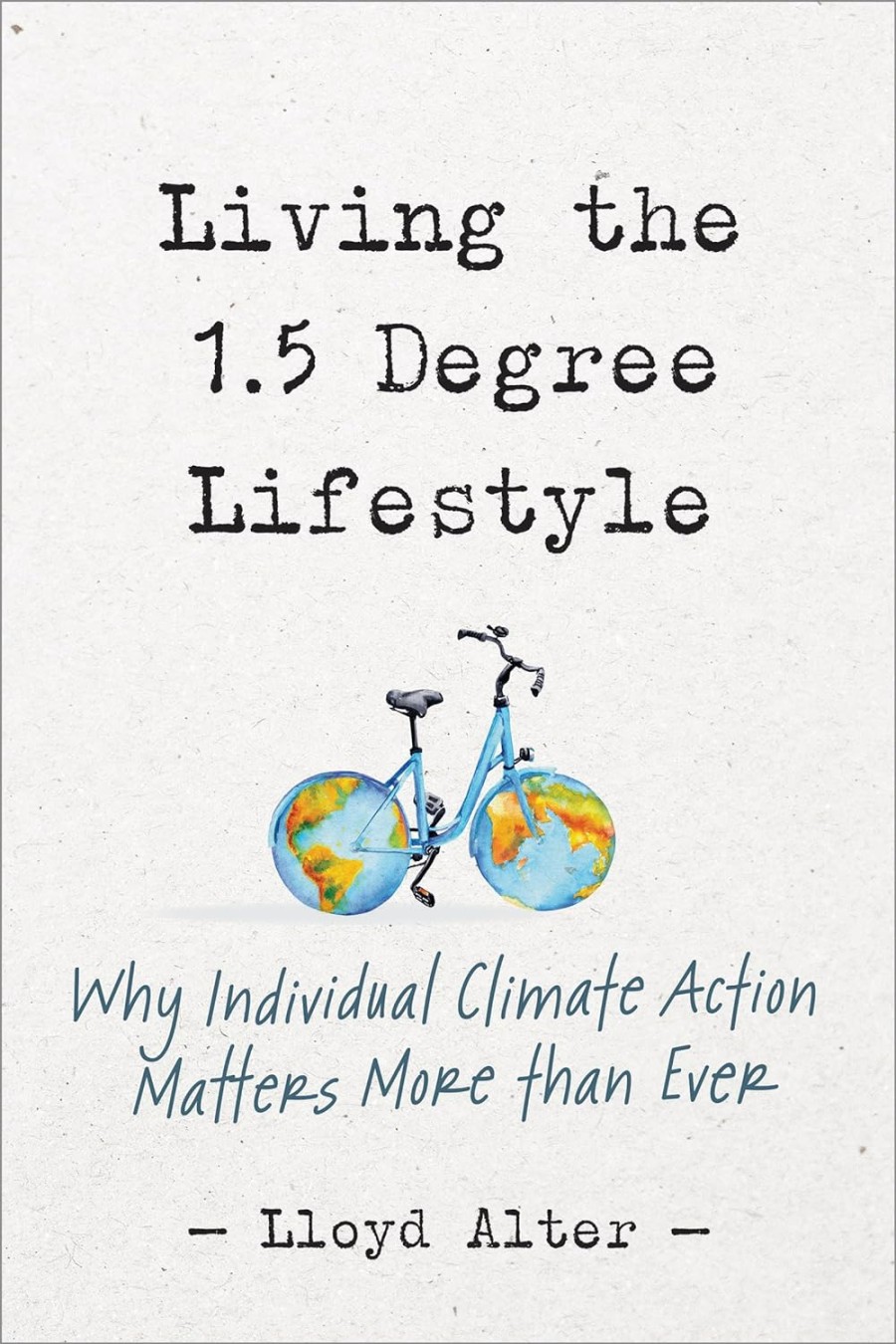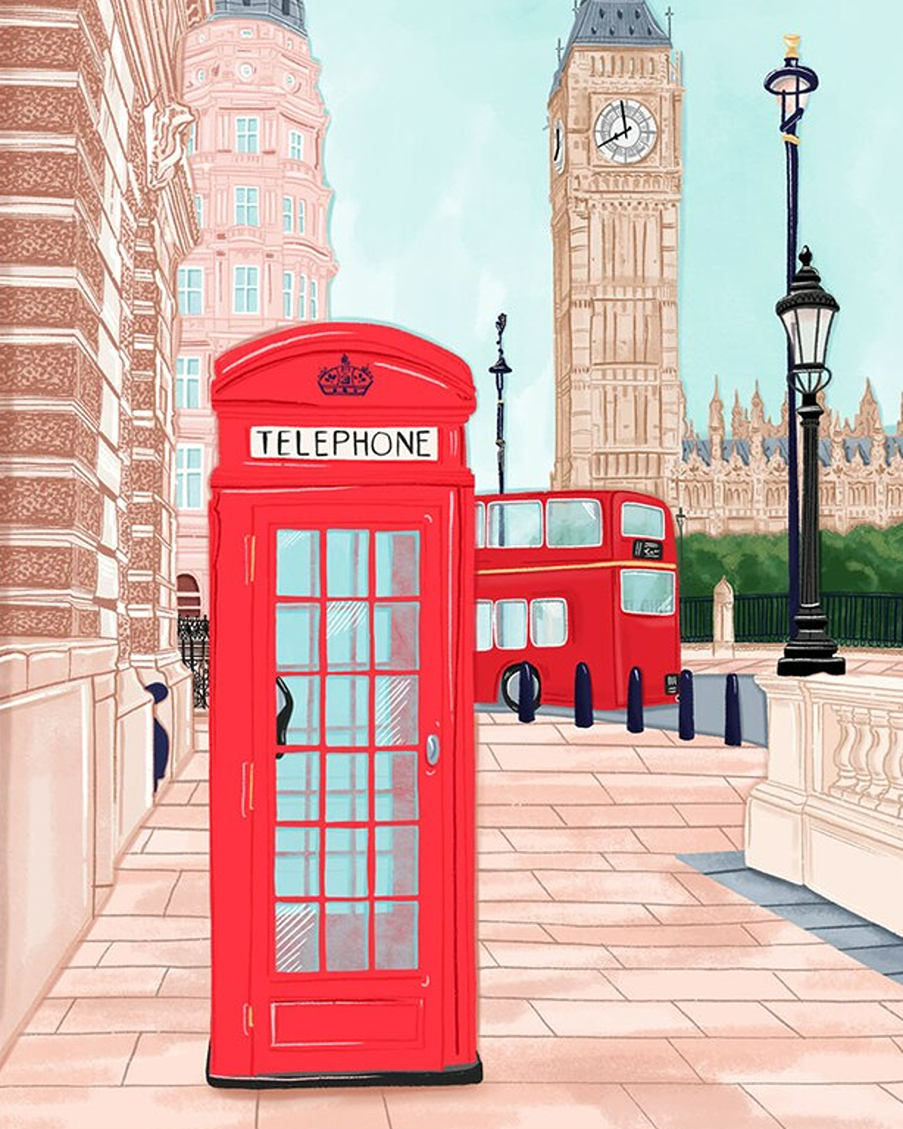Good Books to Help Prevent Climate Change

Climate Action for Busy People is a book for anyone concerned over heat waves, storms and forest fires. The time to create climate-resilient communities is now. While policy innovations are also needed, good solutions are at local level.
This book is a hopeful and realistic roadmap for individuals and groups who want to move the needle towards environmental justice.
If growing green spaces, read up on pet-friendly gardens and wildlife-friendly gardens. Also read how to stop birds flying into windows. And trees to avoid near horses (yew, oak, sycamore).
Drawing from professional and personal success in climate adaption and community organising, the author begins with a brief history of why our communities look the way they do, and how that affects how vulnerable we are, to climate risks.
Each chapter can help readers scale up their actions. From identifying climate solutions that a person or small group can pull off in a handful of weekends (like tree plantings or de-paving parties) to advocating for change at government level.
It’s not too late for people of all ages and skill levels, to create climate-safe neighbourhoods. This book is an invaluable guide for anyone who wants to make lasting improvements, to make their communities climate-resilient.
Cate Mingoya-LaFortune is Chief Officer of Climate Resilience and Land Use for Groundwork USA. She holds a Master in City Planning and a BA in Biology, and lives in New England.
Smart Steps That Fit Your Schedule
Taking climate action can feel like a big job, especially when your week is packed. Good news—there are plenty of ways to help the planet without overhauling your daily routine. These ideas are simple, quick and surprisingly effective, perfect for anyone short on time but eager to do their bit.
Every small change adds up, and together, we can all make a real difference. Here’s a list of practical climate actions you can adopt, even on your busiest days.
Switch Off and Unplug Appliances
Leaving devices on standby wastes energy and quietly boosts your electricity bill. Switching appliances off at the wall or unplugging chargers saves power and cuts your carbon footprint without extra effort.
This includes computers, TVs, kettles and anything that glows or hums after you leave the room. Try grouping electronics on one power strip for faster shut-off.
Choose Greener Ways to Get Around
If possible, swap short car trips for walking, cycling or catching public transport. For longer journeys, consider car sharing or trains instead of flights. Many towns now offer reliable bike hire or electric scooter services, which are ideal for quick errands.
Even working from home once a week lowers your personal emissions and can bring a bit of calm to your day.
Re-think Your Food Choices
Eating less meat and dairy is one of the strongest steps you can take to reduce your climate impact. Pick plant-based options for breakfast or lunch, then buy a couple of good cookbooks, to make your own dinner.
Buying local produce when you can helps too, cutting down on food miles and supporting nearby farmers. Batch cooking and using leftovers mean less food waste and fewer trips to the shop.
Use Reusable Containers and Bags
Single-use plastics are a big problem. Swapping disposable coffee cups, water bottles and shopping bags for reusable ones is easy and reduces waste straight away. Keep a tote bag and travel mug by the door so you can grab them on your way out.
Restaurants and cafés often welcome reusable containers for takeaways, especially now more people ask for them.
Adjust Your Heating and Cooling
It doesn’t take long to check that radiators aren’t blocked (don’t drop the thermostat by one degree for older people and pets, or those with weak immune systems, it could cause hypothermia).
Layer up in winter and use fans over air conditioning in summer when you can. Many modern thermostats let you set schedules or turn the heat off with a quick tap on your phone, saving both energy and money.
Support Eco-friendly Companies
Every pound you spend is a vote for the kind of world you want. Try to buy from brands that use less packaging, offset their carbon and invest in green energy. Switch your utilities to a renewable energy supplier, takes just a few clicks online.
When shopping for clothes, choose quality items that last rather than fast fashion, which has a heavy impact on the environment.
Cut Down on Water Use
Quick steps like turning off the tap while brushing your teeth or taking shorter showers save litres of water every week. Fixing a dripping tap is often simple and doesn’t need a plumber. Setting your washing machine to a cold wash and waiting for a full load helps lower both your water and energy use in one go.
Recycle Right, Donate More
Recycling only works if we do it properly. Rinse containers, read your council’s guidelines and keep non-recyclables out of the wrong bin.
Donate unwanted clothes and books to charity shops or recycling schemes instead of throwing them away. These habits keep useful items in circulation and out of landfill.
Talk About Climate With Friends
Small conversations spark big changes. When you share what you’re doing for the environment, friends and family often follow suit. Don’t worry about being an expert—a simple chat or social media post can inspire someone to try a new habit.
It’s a way to remind yourself and others that lots of people care, and it helps the momentum grow.
Join Local Initiatives, Even Once
Many communities run tree plantings, repair cafes, or clean-ups that welcome volunteers – often with no need for regular commitment. Signing up to a newsletter or supporting a campaign with your name takes seconds but shows support for bigger changes. Even one extra hand or a quick signature can mean a lot.
How to Live the 1.5 Degree Lifestyle

Living the 1.5 Degree Lifestyle reveals the carbon cost of everything we do, hand shows how to reduce your carbon footprint by over 80% to 2.5 tons a person per year, by 2030.
Find the big wins to what to drop – from takeout food to bikes, cars and Internet usage. Learn the invisible carbon baked into everything, and why electric cars are not the answer.
I used to have a monster carbon footprint. I was in my second career (my first was an architect) as a real estate developer in Toronto, building award-winning condos. I drove my classic Porsche a couple of blocks to work, I drove my daughters to school.
Then at weekends, we drove to the ski resort where all the rich developers hung out. Every weekend in summer, I drove up to our cottage. Throw in a few flights a year, and I was living a 30-tonne lifestyle. Then after a falling out with business partners, I had a massive financial loss and probably a nervous breakdown.
This book shows that creating carbon minimalism is the answer. Big-picture thinking is needed like investing and supporting local indie shops (that sell food with zero food miles so no lorries are needed to transport it from central distribution houses).
Creating walkable communities with parks (trees!) and initiatives to work from home or locally, so people don’t chop down whole swathes of countryside to build ‘high speed trains’ that nobody needs.
It’s about retaining countryside so people can walk to the shops to buy healthy food, then this means populations that don’t languish in hospitals and care homes, all of which also emit huge fossil fuels to keep them running.
Lloyd Alter is a writer, public speaker, architect and inventor. He is also Adjunct Professor of Sustainable Design at Toronto Metropolitan University. Also read his other book The Story of Upfront Carbon, about how the answer to solving climate change is for all us to ‘live with just enough’.
7 Steps to Live the 1.5 Degree Lifestyle
Reducing your carbon footprint can feel overwhelming at first, but the 1.5 degree lifestyle breaks it down into practical steps that anyone can follow. By changing a few daily habits, you help keep global warming below 1.5 degrees Celsius.
This isn’t just about making sacrifices—it’s about finding smarter, healthier, and often more joyful ways to live. Let’s look at some clear, positive actions you can take right now.
Eat Local, Organic, Plant-Based Foods
Your food choices matter more than you might think. Eating more plants and fewer animal products sharply cuts your carbon footprint. When you choose local, organic produce, you also skip a lot of food miles and pesticides.
Local foods help small growers in your area, reduce packaging, and keep your meals fresher. Try shopping at farmers’ markets or joining a community garden. Even swapping one meal a day for plant-based options makes a difference. Every small dish matters.
Avoid Single-Use Plastic
Plastic is everywhere, but most of it doesn’t get recycled and ends up polluting our land and oceans for centuries. Ditching single-use plastics like bottles, bags, and cutlery is one of the simplest changes to make.
Bring reusable bags to the shops, choose loose fruit and veg, and carry a refillable water bottle. It’s a habit that soon becomes second nature and cuts down on waste without much effort. If you visit a café, bring your own cup. These small swaps add up fast.
Walk, Cycle or Take Public Transport
Getting around by foot, bike or bus cuts emissions a lot more than driving alone. If your journey is short, try walking or cycling instead of driving. It’s good for your health and the planet. Public transport is a strong option for longer trips, especially trains or buses, which can carry lots of people on less fuel.
If you can, plan your week so you combine errands and avoid unnecessary trips. Each movement towards cleaner travel is another step toward a better world.
Get Involved in Sharing Economies
Sharing is powerful. When you borrow, swap or rent items rather than buying new, you save money, space, and resources. Libraries, tool banks, car clubs, and even clothes swaps are all growing fast. Instead of each person buying tools or gadgets they hardly use, we can share and extend the life of what we already have.
This also builds stronger community ties, which help everyone feel more connected. Try lending a lawnmower or joining a car-sharing club.
Live Simply – Buy Less!
Shopping less doesn’t mean missing out. It means being thoughtful about what you bring into your life. Before buying something, ask yourself if you really need it, or if there’s another way to get what you want.
Focus on quality over quantity. Repair what you can, avoid “fast fashion” and look for second-hand goods first. Minimalism isn’t about empty rooms; it’s about choosing well and saving resources for what matters most. You’ll save money and time, too.
Travel Locally – Fly Less!
Planes use a lot of fuel and flying is one of the fastest ways to add to your carbon footprint. Try to limit flights, especially short trips that could be done by train, coach or even car-sharing. There’s so much to discover close to home: weekend hikes, seaside breaks, and charming villages often get overlooked.
Travelling by train lets you see more and reduces hassle, plus it’s far better for the climate. When possible, suggest work calls instead of business flights, or combine essential journeys to reduce air miles.
Switch to Clean Green Energy
Energy use at home is one of the biggest sources of emissions. Switching to a renewable energy supplier or fitting solar panels makes a huge difference. Choose green tariffs if they’re available, and look for energy companies that invest in clean energy like solar or hydro.
Alongside this, simple moves like turning down your thermostat, draught-proofing your home, or using energy-efficient appliances keep your bills down and your impact small. Every switch helps push the wider industry in the right direction.






